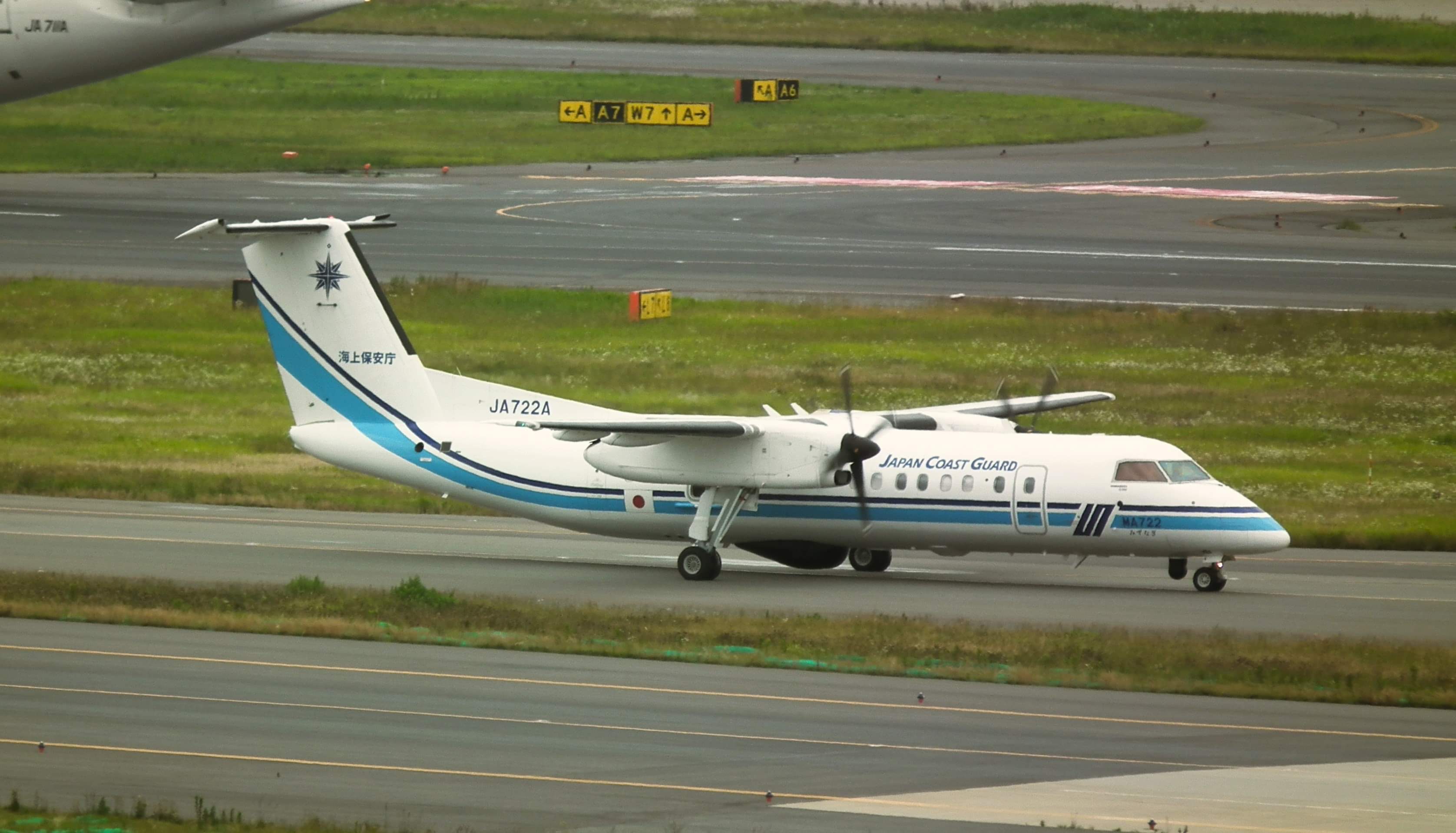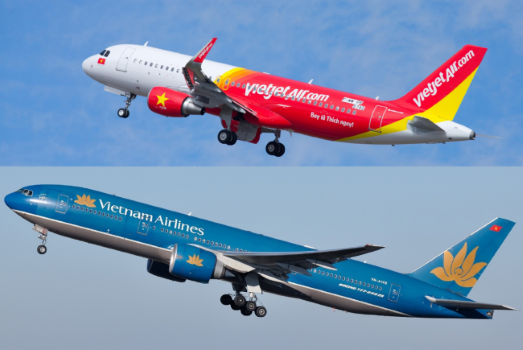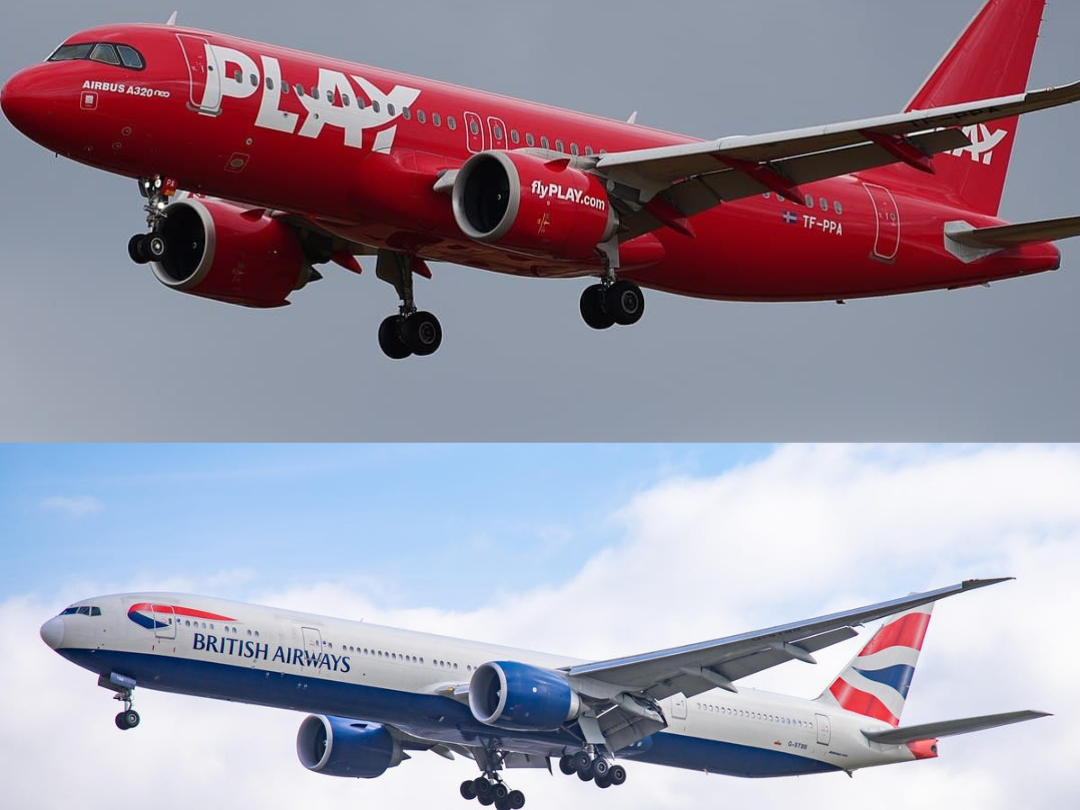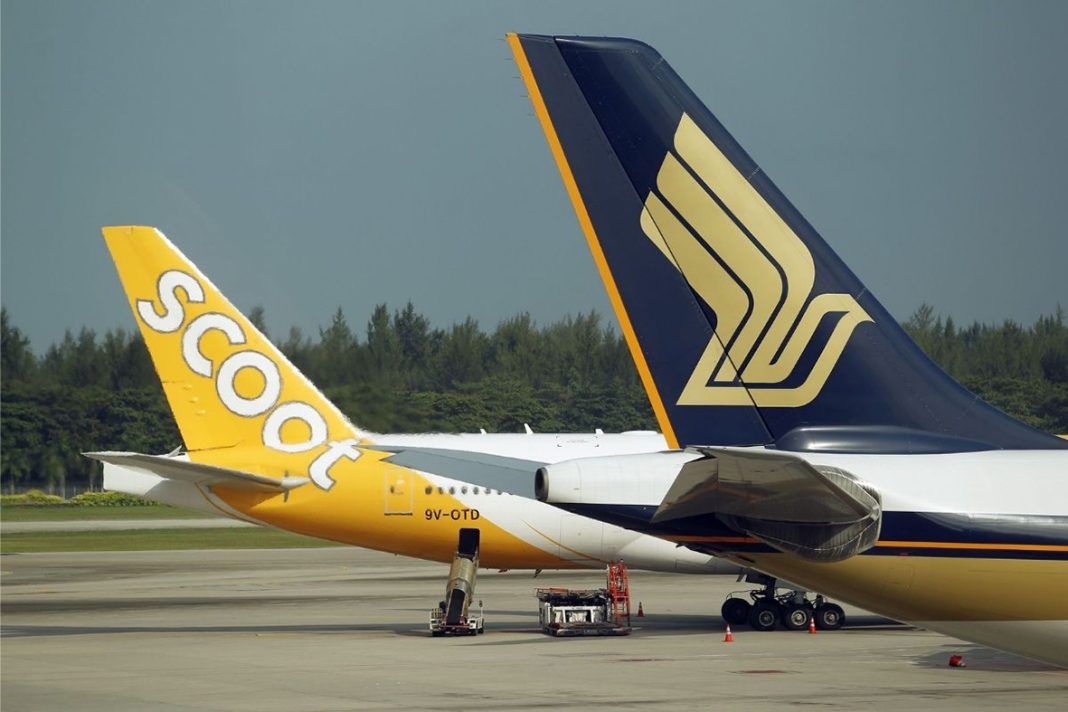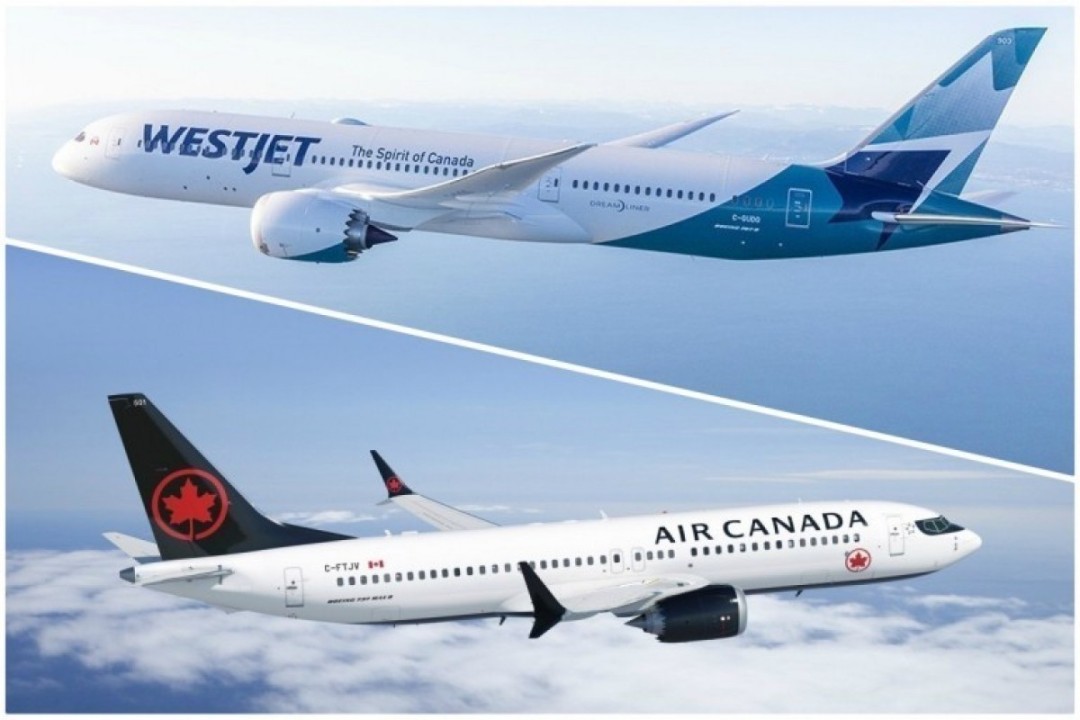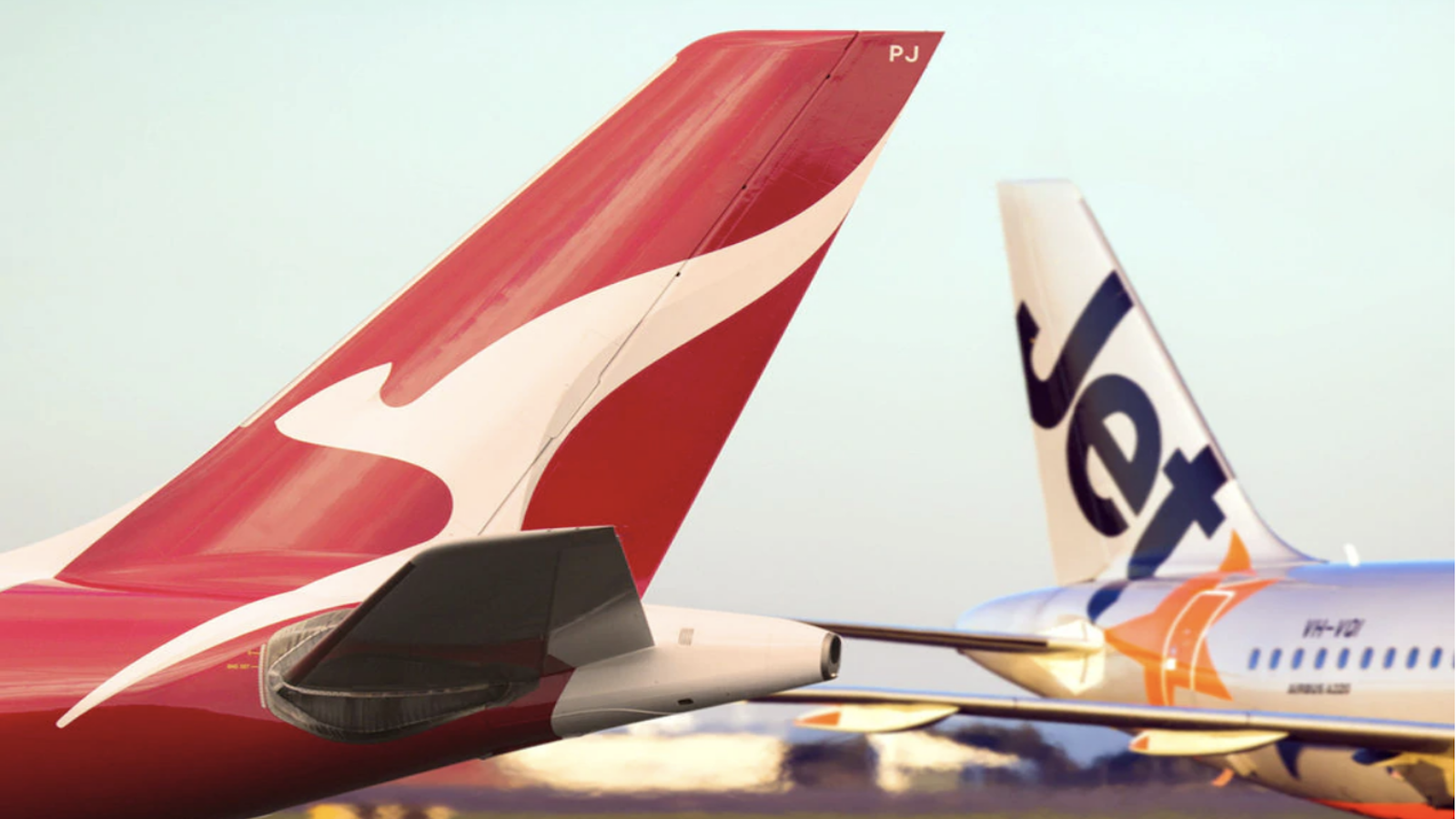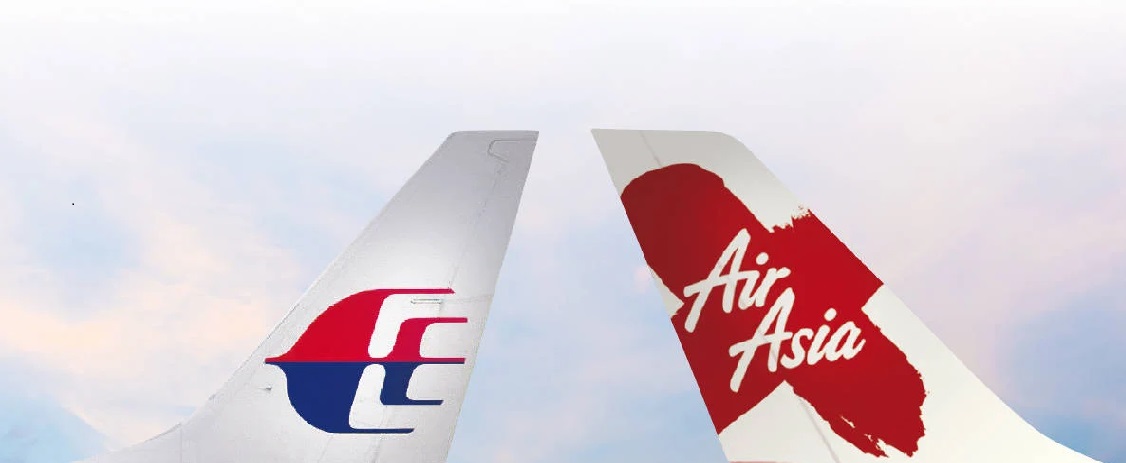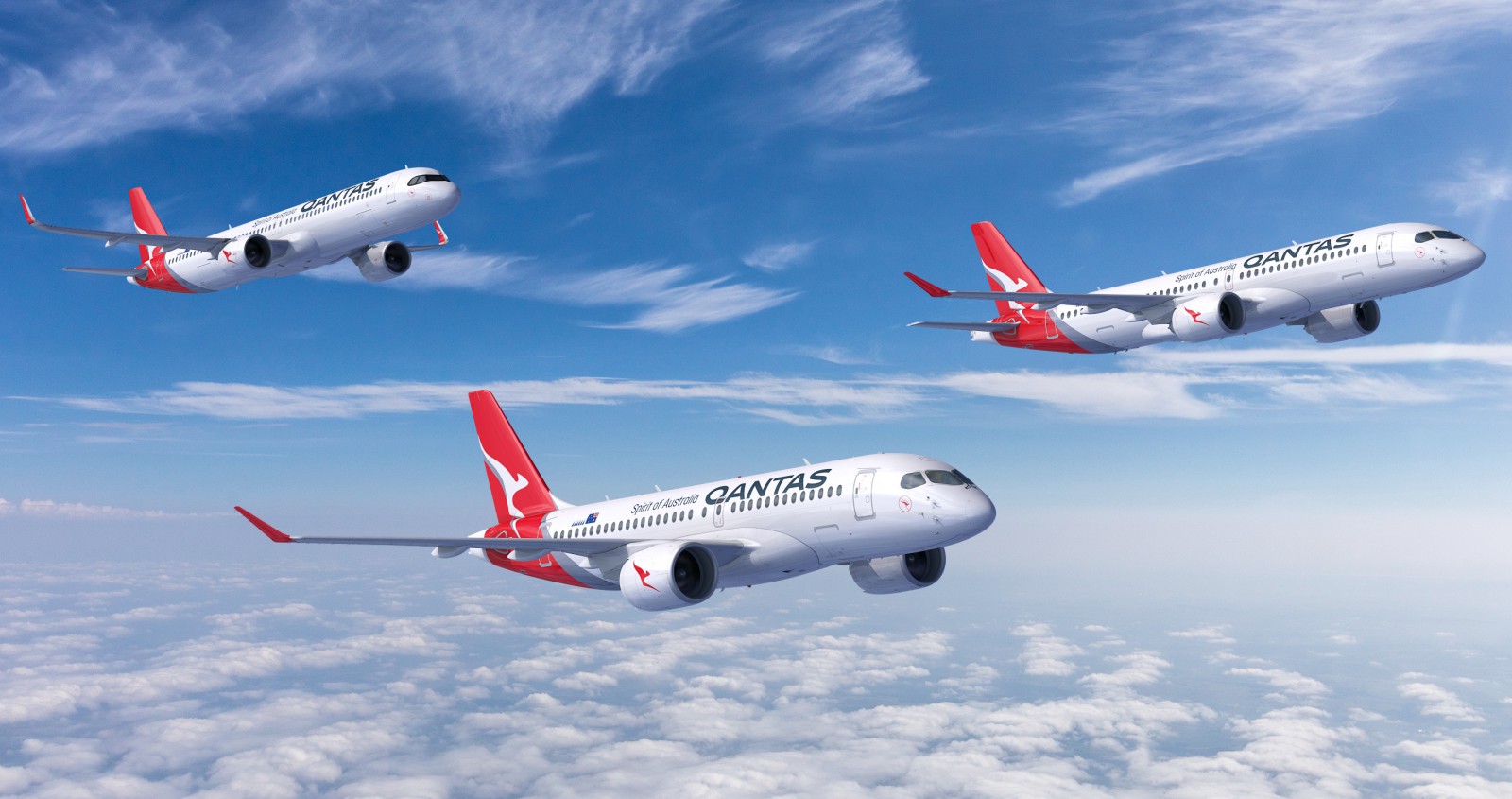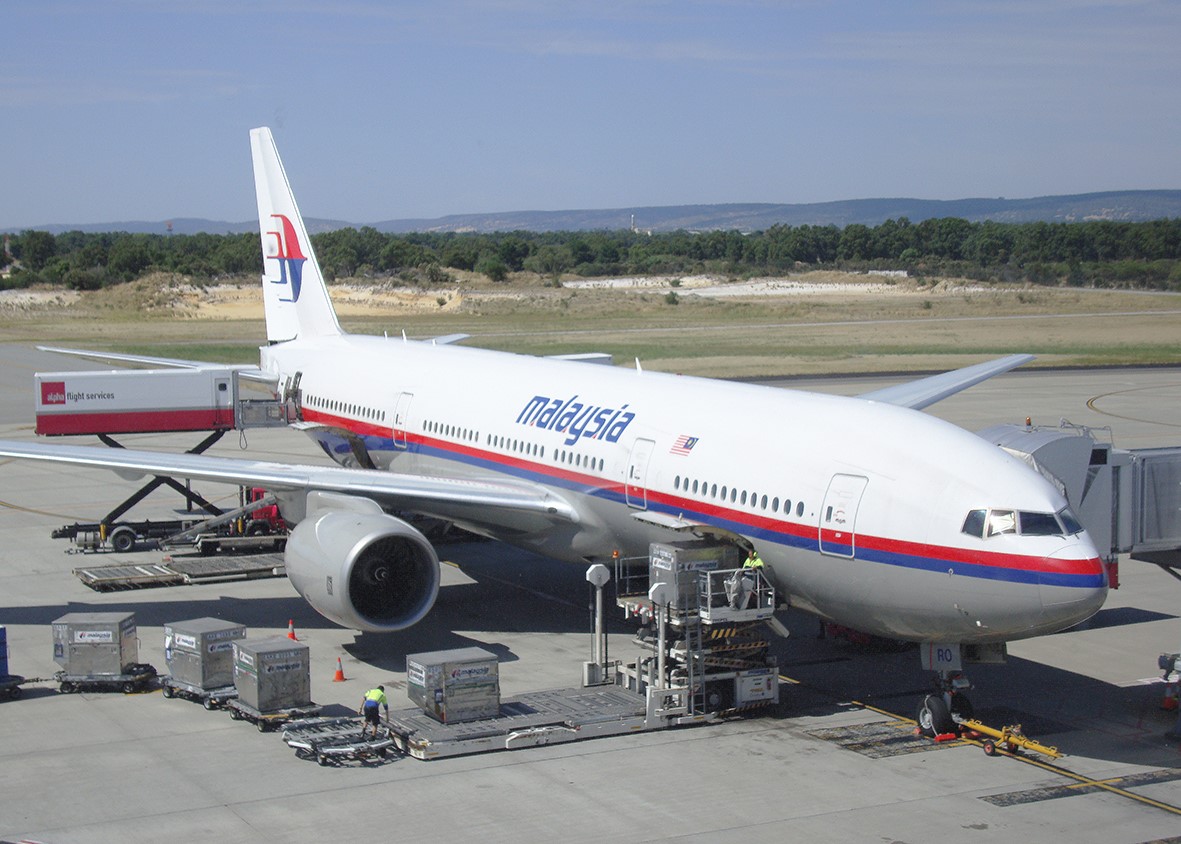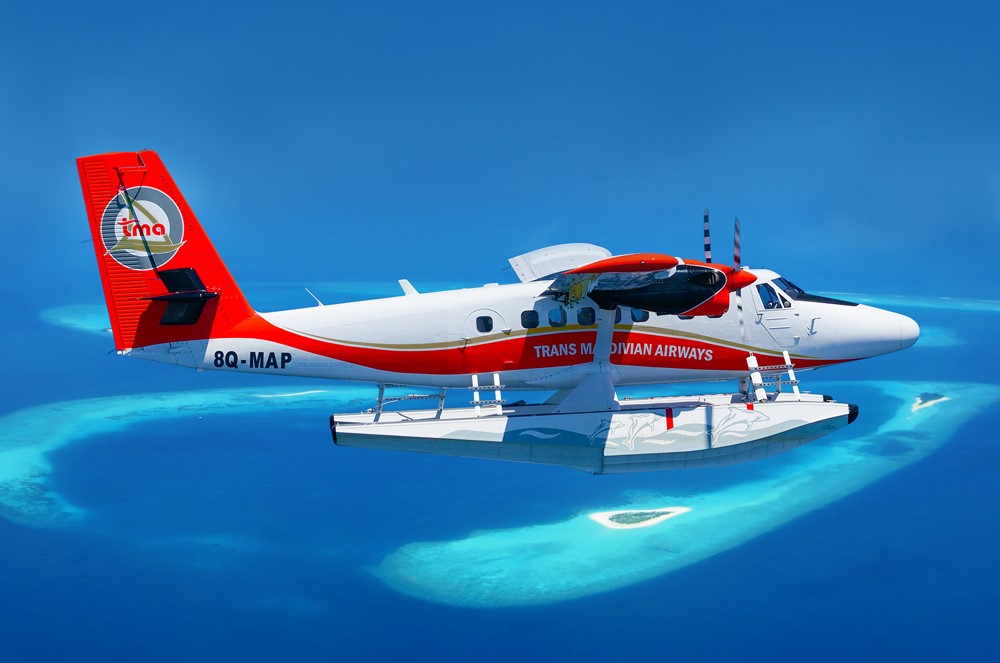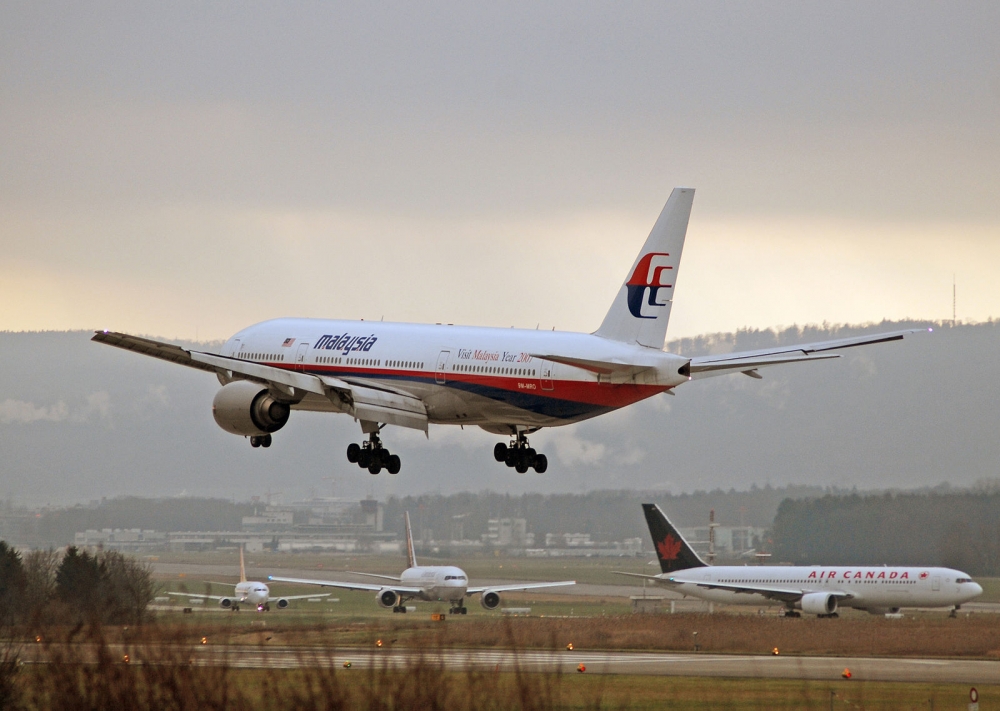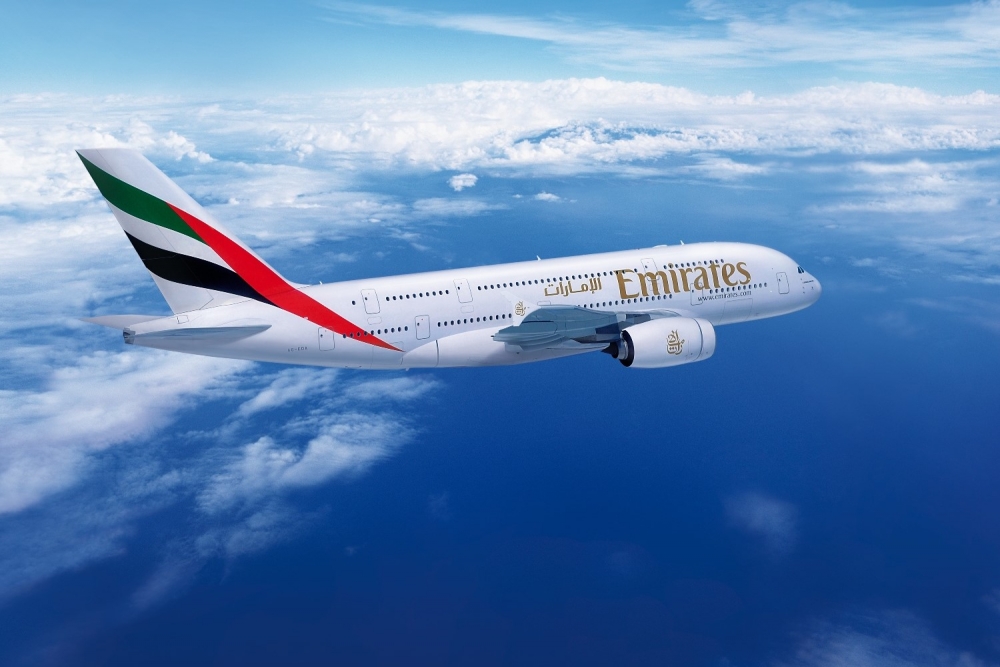Examination of videos has revealed that the Japanese Coast Guard Plane, a DHC8 turboprop, was lined up on runway 34L for take-off when it was struck by the landing Japan Airlines A350 on Tuesday evening.
Why the Coast Guard plane was lined up is a mystery but advice from ATC (NOTAM) that critical Stop Bar Lighting were unserviceable for a series of taxiway to runway junctions (C1 to C14) could be a critical factor.
READ: Every airline should show this escape video
Did the Coast Guard pilot assume he could enter the runway as there were no Stop Bar warning lights on (Below Images)? Did the Coast Guard crew read the NOTAM? What instructions did it receive from ATC? These questions will be the key to the investigation.


The Japan Airlines crew wouldn’t have seen anything on their Traffic Collison Avoidance System (TCAS) as this is disabled passing through 900ft on the approach to land. The blame appears to be with either the Coast Guard Pilot or ATC for not knowing where the a/c under their control was.
Five Coast Guard crew died in the tragedy although the pilot survived, while all 379 passengers and crew of the Japan Airlines A350 survived.
READ: World’s Safest Airlines for 2024

The accident mirrors an almost identical collision in Los Angeles at night in 1991 when a USAir Boeing 737, Flight 1493 was cleared to land on runway 24L and at the same time a SkyWest Metro II aircraft, Flight 5569 to Palmdale, was permitted to line up on runway 24L but hold.
The air traffic controller became distracted and confused by another aircraft problem and tragically a collision occurred killing 12 passengers and crew on the MetroLiner and 22 on the 737.
Want to know more? Read about the world’s deadliest runway collisions here
JOIN: AirlineRatings.com YouTube Channel
GET: Accurate MH370 Information From AirlineRatings.com Newsletter
NEXT: KOREAN AIR RELEASES A NEW SAFETY VIDEO FEATURING VIRTUAL HUMANS BUT WHY?
Airlineratings.com is packed with information about air travel and answers questions that many of us may have thought of, but didn’t know who to ask. Well, now you do!
Airlineratings.com was developed to provide everyone in the world with a one-stop shop for everything related to airlines, formed by a team of aviation editors, who have forensically researched nearly every airline in the world.
Our rating system is rated from one to seven stars on safety – with seven being the highest ranking. Within each airline, you will find the country of origin, airline code, booking URL and seat map information. The rating system takes into account a number of different factors related to audits from aviation’s governing bodies, lead associations as well as the airline’s own safety data. Every airline has a safety rating breakdown so you can see exactly how they rate.
Over 230 of the airlines on the site that carry 99 per cent of the world’s passengers have a product rating. Given that low-cost, regional and full-service carriers are so different we have constructed a different rating system for each which can be found within each airline















